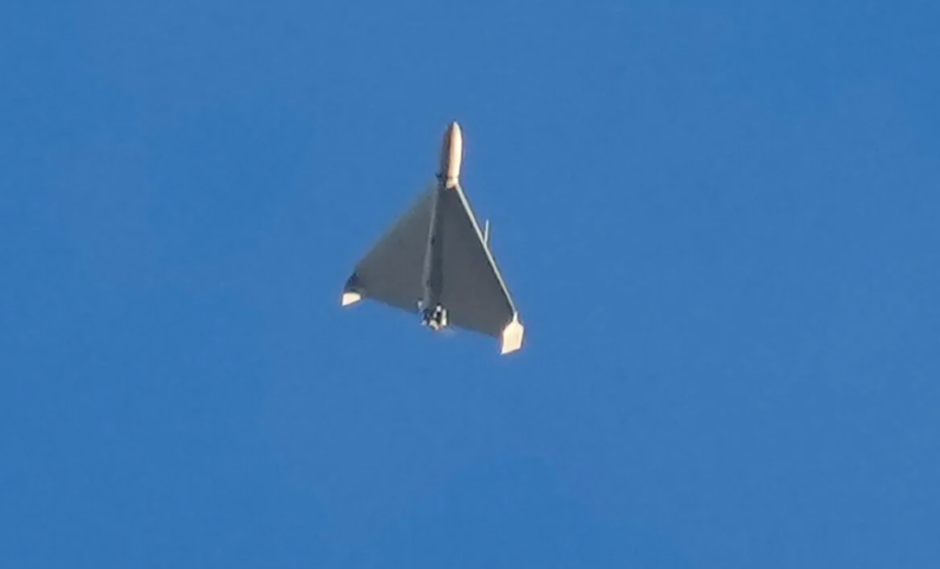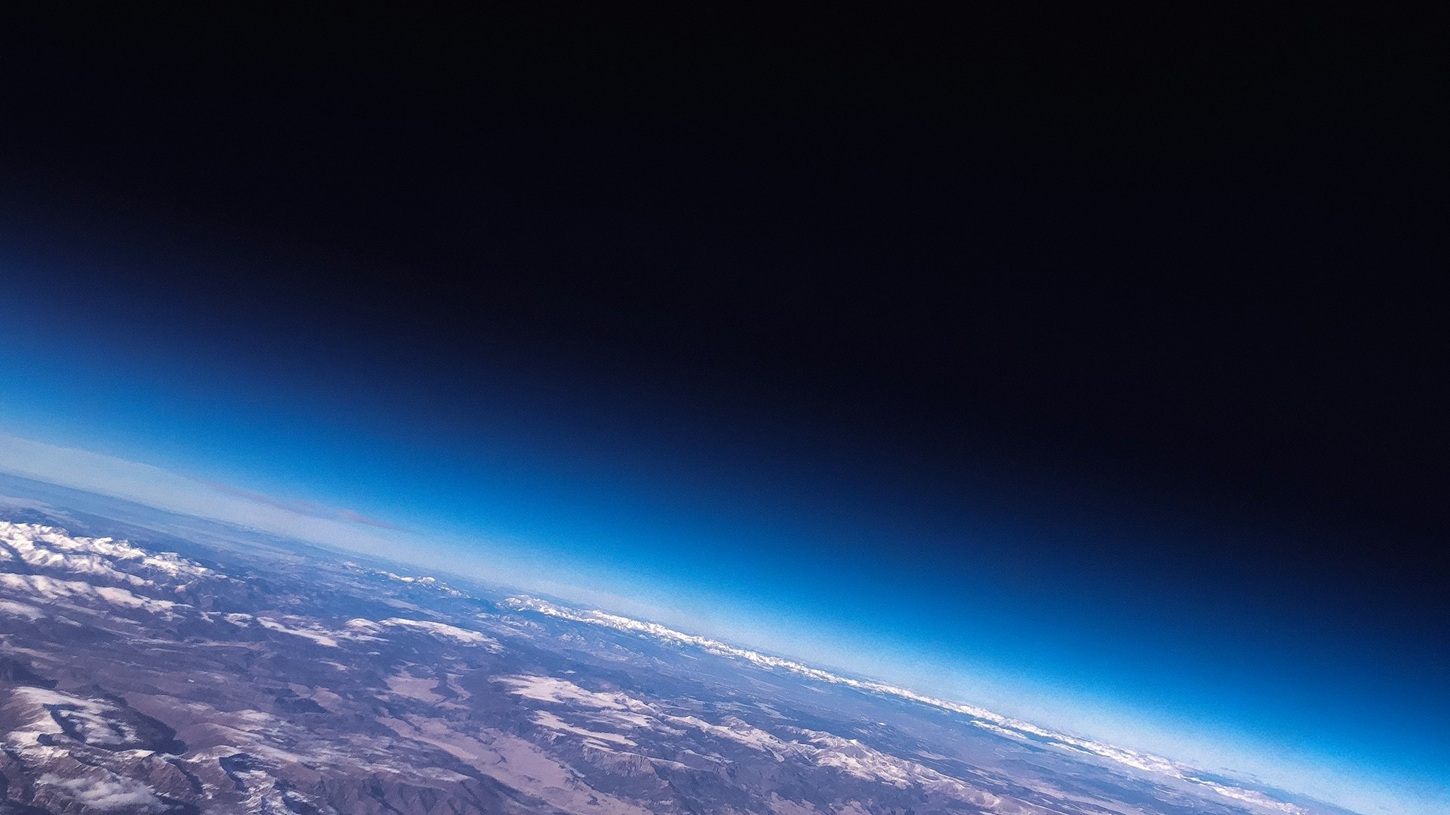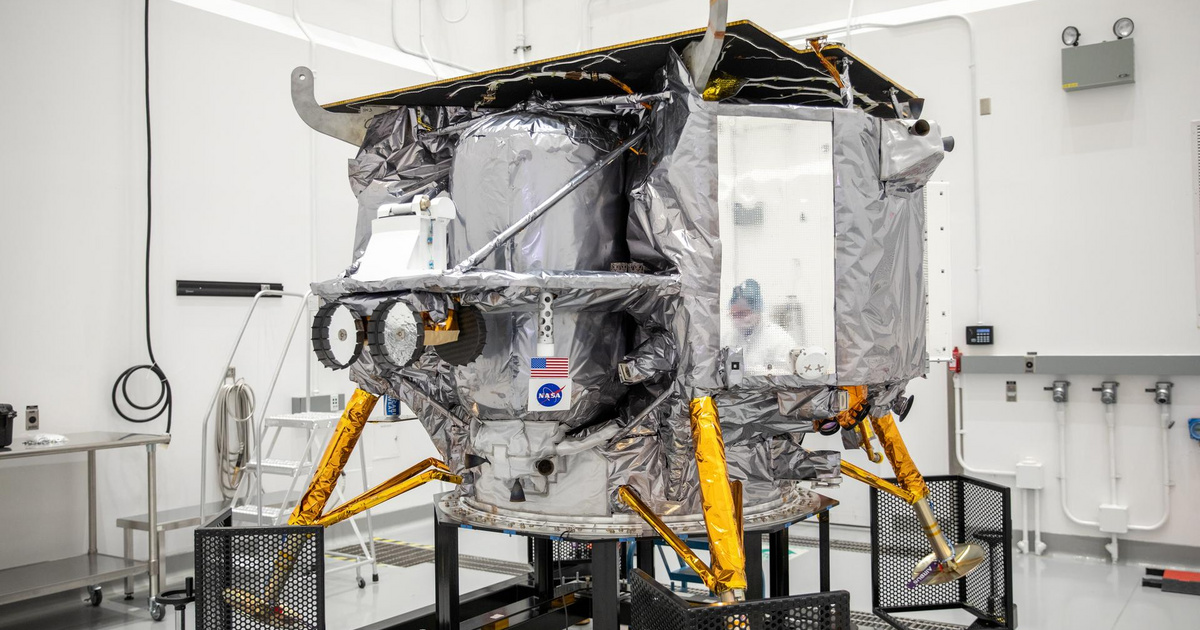The Peregrine mission of the American Astrobotic lunar lander was officially declared a failure CNN.
While Russia, Israel, Japan, China and India have tried in recent years to land on the moon with their own devices (China and India among them have succeeded), the last American lander last visited the neighboring celestial body more than half a century ago, in 1972.
Astrobotic is one of the winners of NASA's Commercial Lunar Payload Program, CLPS, a six-year-old program that has awarded $2.6 billion to dozens of private companies to build and deliver various devices to the Moon. The first mission achieved for the program was the peregrine falcon, named after the peregrine falcon (Falco peregrinus). Being a bird of prey, the peregrine falcon can swoop at a speed of 322 kilometers per hour, making it the fastest animal on Earth.
It's leaking somewhere
Peregrine lifted off Monday aboard space company United Lanuch Alliance's (ULA) Vulcan Centaur launch vehicle, but problems arose immediately after it separated from the rocket: The device could not reposition itself properly to point its solar cells toward the sun. Ground controllers determined that the problem was caused by a fuel leak in the aircraft's on-board propulsion system. It was possible to set the device and solar cells at the right angle, but due to leakage, this would require constant operation of the motor, which…
It consumes fuel and at the same time fails to land on the moon.
The Astrobotic team said Monday that the probe still has enough fuel for another 40 hours, and its solar cells can provide power until then. Peregrine loses contact before it gets close to the Moon. The specialists will stay in touch until then and accumulate experience with the otherwise functioning unit. According to a company statement, they are already preparing for the next mission, which will be Griffin, which will be launched later this year on a SpaceX rocket.
Griffin is a larger lander carrying NASA's Viper rover, which is planned to search for ice on the moon's surface.
Peregrine itself transported six different scientific instruments from NASA, as well as one small satellite from Carnegie Mellon University and the Mexican Space Agency, and also had 13 other cargo classified as time capsules, including cryptocurrencies, photos, books and a galactic poly. Space-time painting, with letters from private companies, a poem by Sandor and Joris, and a tribute to the work of physicist Zoltan Pie. The final part of the cargo also contained a space capsule containing human ashes from the space funeral company Celestis, which the Navajo tribe protested, saying it desecrated the moon.
The next private US company to attempt a moon landing will be Houston-based Intuitive Machines, which will launch the Nova-C lander on SpaceX's Falcon 9 spacecraft in February as part of the CLPS program.














































